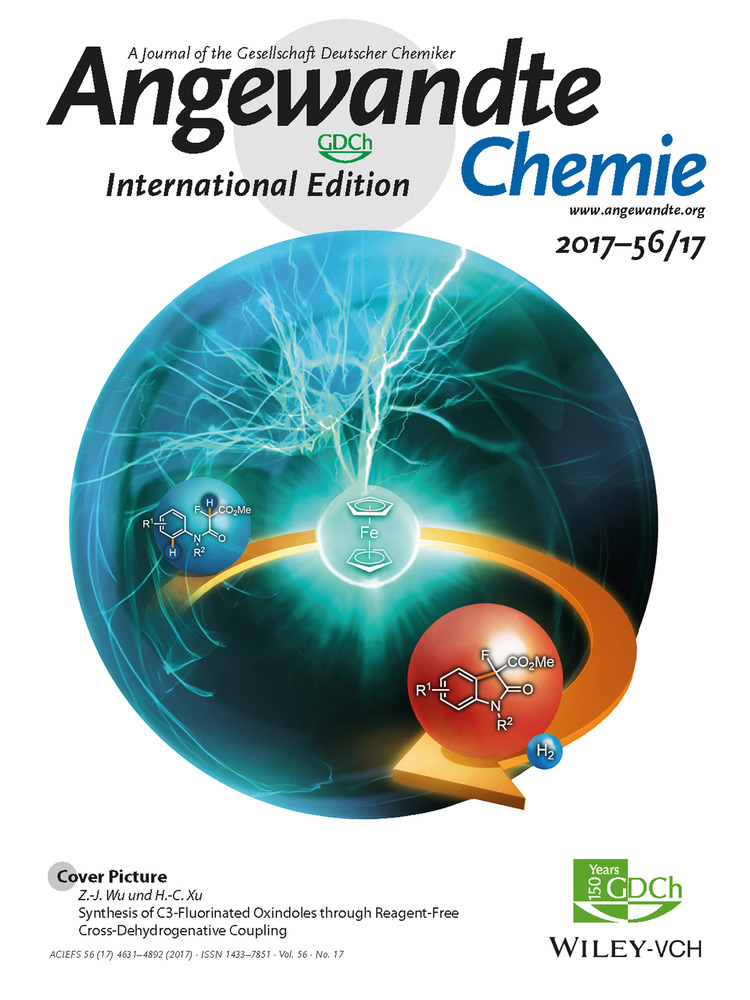Large-Area Elemental Imaging Reveals Van Eyck's Original Paint Layers on the Ghent Altarpiece (1432), Rescoping Its Conservation Treatment
Graphical Abstract
Ghent what it used to be: A combination of large- and microscale chemical/elemental imaging supplied compositional information for the entire paint surface of the verso wing panels of van Eyck's Ghent Altarpiece. MA-XRF scanning allowed visualization and assessment of the original paint layers hidden below the overpainted surface. In this way, elemental imaging provided objective arguments supporting the decision for full removal of the overpaint.
Abstract
A combination of large-scale and micro-scale elemental imaging, yielding elemental distribution maps obtained by, respectively non-invasive macroscopic X-ray fluorescence (MA-XRF) and by secondary electron microscopy/energy dispersive X-ray analysis (SEM-EDX) and synchrotron radiation-based micro-XRF (SR μ-XRF) imaging was employed to reorient and optimize the conservation strategy of van Eyck's renowned Ghent Altarpiece. By exploiting the penetrative properties of X-rays together with the elemental specificity offered by XRF, it was possible to visualize the original paint layers by van Eyck hidden below the overpainted surface and to simultaneously assess their condition. The distribution of the high-energy Pb-L and Hg-L emission lines revealed the exact location of hidden paint losses, while Fe-K maps demonstrated how and where these lacunae were filled-up using an iron-containing material. The chemical maps nourished the scholarly debate on the overpaint removal with objective, chemical arguments, leading to the decision to remove all skillfully applied overpaints, hitherto interpreted as work by van Eyck. MA-XRF was also employed for monitoring the removal of the overpaint during the treatment phase. To gather complementary information on the in-depth layer build-up, SEM-EDX and SR μ-XRF imaging was used on paint cross sections to record micro-scale elemental maps.





